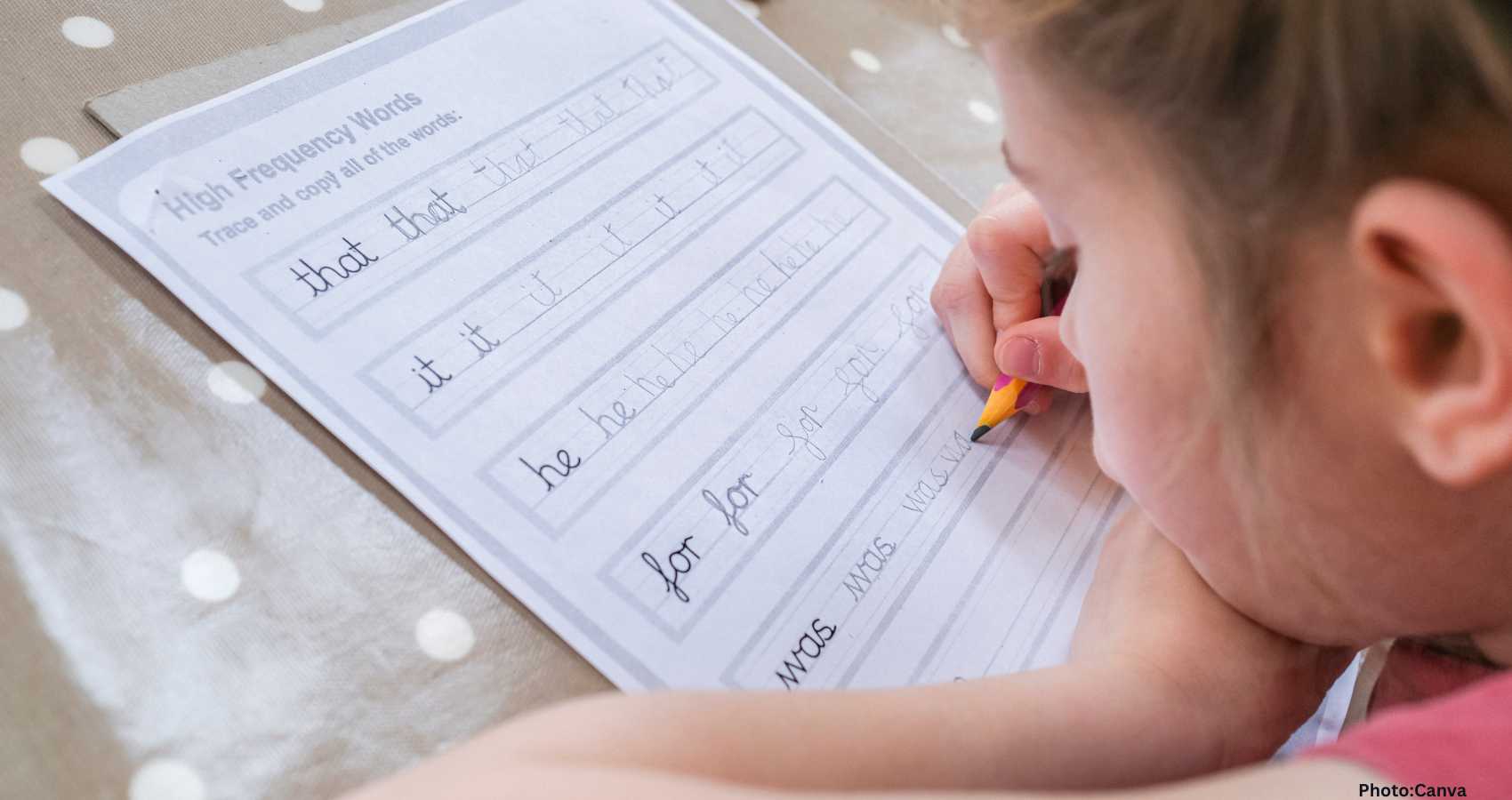Handwriting, often overshadowed by digital communication, offers cognitive and emotional benefits that can enhance memory, learning, and overall well-being.
In an age dominated by keyboards and screens, the art of handwriting is becoming increasingly rare. Many people, including myself, find that most of their writing is done digitally—whether on a laptop, tablet, or smartphone. Handwriting has become a sporadic activity, reserved for quick reminders or notes taken during phone calls. As a result, my once legible handwriting has deteriorated into what I can only describe as a “chicken scrawl.” In moments of haste, I sometimes struggle to decipher my own notes. This realization has prompted me to consciously slow down and focus on improving my penmanship.
Reflecting on my academic years, I remember having good cursive handwriting. Classmates often borrowed my notes when they missed lectures, complimenting my ability to take clear and organized notes. This practice of writing by hand not only helped my peers but also forced me to concentrate on the professor’s words, enhancing my understanding and retention of the material.
Research supports the notion that handwriting can significantly impact cognitive processes. Dr. Audrey van der Meer, a neuroscientist and professor of neuropsychology at the Norwegian University of Science and Technology, has studied the differences in brain activity between handwriting and typing. Her findings reveal that writing by hand activates more areas of the brain compared to typing on a keyboard. “The whole brain is basically involved when you write by hand or draw,” she explains. In contrast, typing involves only simple finger movements, while handwriting requires intricate motions that engage multiple senses and brain regions.
Dr. van der Meer’s research indicates that the act of handwriting fosters increased connectivity across various parts of the brain, particularly in the parietal regions associated with sensory and motor processing. This heightened activity is linked to improved memory and learning. The synchronization of different brain areas during handwriting is correlated with enhanced cognitive function, suggesting that maintaining this practice could help mitigate cognitive decline as we age.
Interestingly, studies involving children who learn to read and write on tablets have shown that some struggle to differentiate between letters that are mirror images of each other, such as ‘b’ and ‘d.’ Researchers attribute this difficulty to the lack of physical engagement in forming the letters. Handwriting, with its unique motions for each letter, offers essential stimulation for both developing and aging brains. Dr. van der Meer emphasizes the importance of challenging our brains regularly, advocating for the preservation of handwriting as a vital aspect of our cultural heritage.
The cognitive and mental benefits of handwriting extend beyond memory enhancement. Engaging in this practice can boost critical thinking, inspire creativity, and promote mindfulness. Writing by hand encourages us to choose our words carefully and frame our thoughts with intention. It compels us to slow down, be patient, and focus on the task at hand. Moreover, studies have shown that handwriting serves as a therapeutic tool, offering emotional and psychological benefits. It can act as a mechanism for emotional release, reducing stress and anxiety while fostering self-awareness and a sense of accomplishment.
Are you surprised to learn that regular handwriting practice can be a powerful tool for improving health and well-being? The physical act of forming letters activates multiple brain regions and provides therapeutic benefits that can alleviate stress and anxiety. In today’s fast-paced, technology-driven world, where automation is prevalent, the ability to slow down and savor the present moment through handwriting is invaluable. Indeed, the pen can be mightier than the keyboard.
Reflecting on my own experiences, I recall a moment when I asked my uncle, a learned man in his late 80s, to recommend ten books on history and philosophy. He later presented me with a handwritten list in beautiful, elegant cursive—a skill that put my own handwriting to shame.
As I conclude this piece, I find myself contemplating whether the simple act of maintaining a personal journal and practicing cursive writing daily could help delay or mitigate cognitive decline as we age. Perhaps it’s time to rediscover the benefits of handwriting and embrace its potential for enhancing our lives.
Source: Original article

